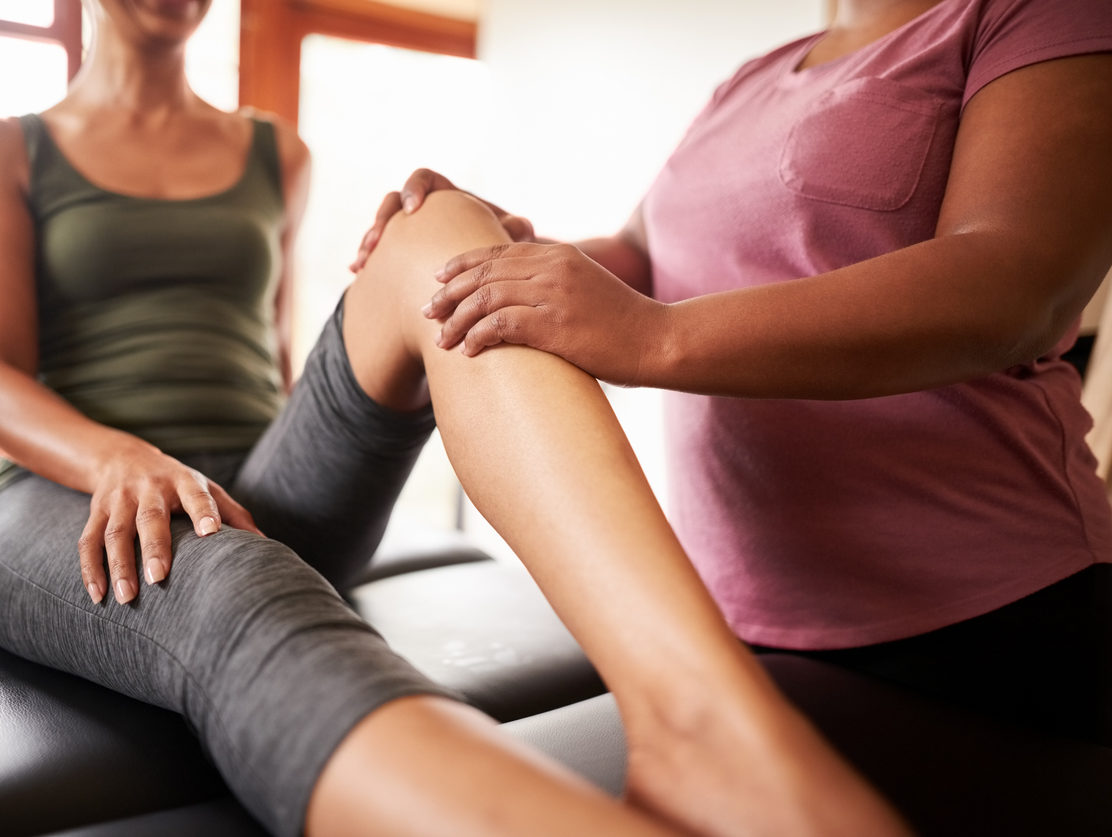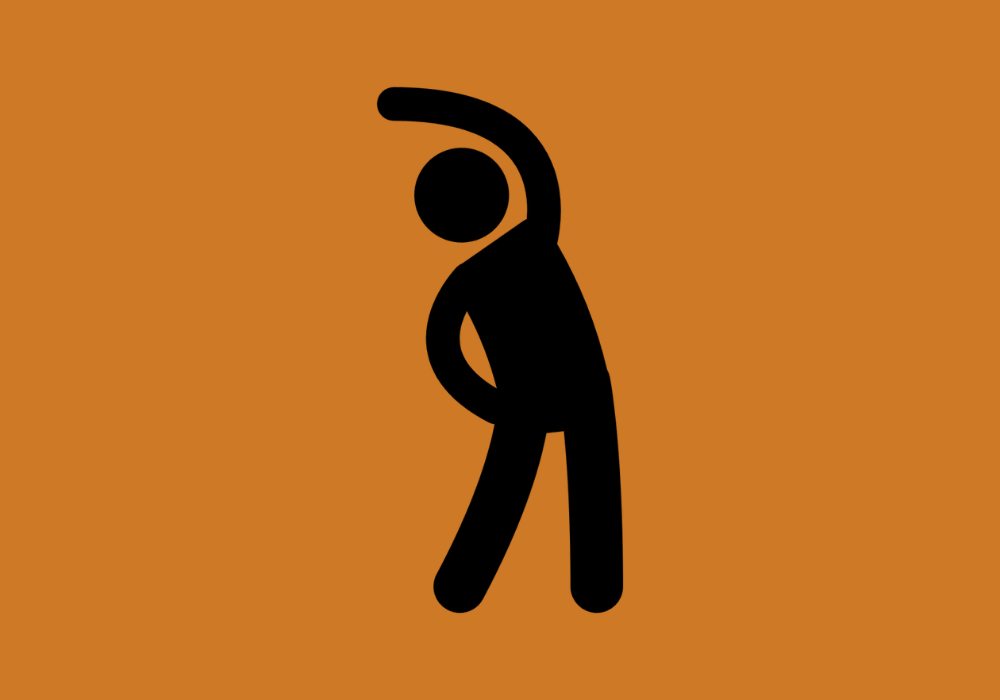Active Release Techniques® is a patented, state-of-the-art soft tissue therapy that Evolve Wellness Centre’s certified practitioners use to diagnose and treat injuries to soft tissue (muscles, tendons, ligaments, fascia and nerves) from the comfort and convenience of our clinic in Vancouver.
Many of us, from professional and recreational athletes to everyday people, suffer from the pain and limitations of soft tissue injuries and the host of problems they can cause. ART® is successfully used for a variety of conditions that include:
- Acute strains and sprains
- Chronic overuse conditions or repetitive strain injuries such as tennis elbow, carpal tunnel syndrome and runners’ knee.
- Headaches
- Low back pain
- Plantar fasciitis
- Sciatica
- Shin splints
- Shoulder pain
ART® is a manual therapy designed to assess for scarring and adhesions in soft tissues and to release these areas of compromise. Adhesions can occur between two muscles, tendons, or between a ligament and muscle/tendon, and prevent the normal movement of these tissues past each other. Because of this, muscle and joint adhesions create abnormal movement and can become quite painful.
Sometimes adhesions can also entrap nerves, causing numbness, tingling or radiating pain. The manipulation of the soft tissues through ART® breaks up the adhesions so your muscles, joints and nerves can move freely again. It is normal and considered a positive sign when the symptoms you present with as part of your complaint, such as numbness, tingling or radiating pain, are recreated with the ART® assessment and treatment. It indicates that the muscles being treated and the compression or traction they have been imposing on the associated nerve in the area are contributing to your complaint.
During an ART® session, your Evolve Wellness chiropractor will identify the location of the scar tissue, then isolate and target the area, manipulating it to break up the scar tissue and restore proper blood flow so the area can heal.
These are signs that you may have an accumulation of scar tissue that could benefit from Active Release Techniques®:
- Stiffness in your neck, elbow, hands, knees or back
- Increased pain when exercising
- Sharp pain in the bottom of your foot near the heel
- Pain, numbness, and tingling in your fingers
- Reduced flexibility and limited range of motion
- Decreased strength
- Inflamed joints
- Tingling, numbness or weakness in any part of your body
Evolve’s chiropractor, Dr. Shamira Rahim is a Full Body Active Release Techniques® (ART) provider in Vancouver, and renews her certification every year.

FAQs
If you think about the scar that forms when you get a cut in your skin, you can see that the scar itself has a different consistency or texture compared to the rest of the skin. It is tougher, can be sensitive to touch or pressure, and doesn’t move the same way as the rest of the skin. When we have a cut to the skin — what could also be called an acute injury — there is a normal and necessary process of inflammation that occurs to prevent further injury and start to stabilize the area. This same thing happens in muscles when they are strained (to varying degrees) and ligaments when they are sprained. Scar tissue is laid down in a haphazard way, which means that in a muscle that is supposed to stretch along its length, scar tissue will not be oriented along the lines of stress to allow the muscle to lengthen or contract properly. Over time, scar tissue itself contracts, which leads to muscle weakness as it becomes increasingly difficult to shorten a muscle from an already shortened position. Other acute injuries may include a crushing force or contusion that goes through the inflammatory process to lead to the development of adhesions.
Scar tissue in muscles also develop from repetitive stress and strain. If we work out and feel stiff and sore the next couple of days, there’s a likelihood that we have stressed our muscles sufficiently that they are undergoing repair. While the purpose of training is to cause microdamage to the muscle so that they repair stronger and more conditioned to the activity, a consequence of this normal microtrauma is the formation of scar tissue. Over time, with repetitive activity, more and more scar tissue is laid down and reduces the elasticity and resiliency of the muscle it is found in.
Overused muscles or ligaments that have experienced an accumulation of small tears — also known as micro-traumas — often lead to a slow and insidious onset of pain and dysfunction, and are the most common type of injury. If the repetitive stress and strain has not yet caused sufficient symptoms to prompt you to seek care, the biomechanical and neurodynamic alterations still present can lead to acute injuries like strains, sprains, full tears and collisions due to poor neuromuscular function, or even result in impaired blood flow to the muscles, This state of chronic, compromised circulation to the soft tissues results in a state of insufficient oxygen also known as hypoxia. Oxygen is essential for all cells of the body to function properly, and insufficient oxygenation creates a state of cellular stress which in itself promotes the formation of adhesions between soft tissues.
Each of these factors can cause your body to produce tough, dense scar tissue in the affected area. This scar tissue binds up and ties down tissues that need to move freely. As scar tissue builds up, muscles become shorter and weaker and the internal forces a muscle or tendon is subjected to when it is moving are much higher than normal. This increase in forces can cause tendonitis, bursitis, and nerve entrapment. These conditions can cause reduced range of motion, loss of strength, as well as pain and swelling. If a nerve is trapped you may also experience tingling, numbness and weakness as tension or compression on the nerve. If this is the case, even an amount the equivalent to the weight of a dime will cause stress to the nerve and compromised function.
Every ART® session is actually a combination of examination and treatment. Evolve’s ART® practitioners uses their hands to evaluate the texture, tightness and movement of muscles, fascia, tendons, ligaments and nerves. Abnormal tissues are treated by combining precisely directed tension with very specific movements.
These treatment protocols — over 500 specific moves – are unique to ART®. A typical treatment lasts about 10–15 minutes and involve your chiropractor using her hands to target the relevant tissues while guiding you on how to move that body part to help create the therapeutic effect. Some areas of the body you may be moving yourself, while in others she may be providing the motion for you. All movements are performed slowly to minimize discomfort and maximize safety. Due to the nature of the injuries being worked on, these types of treatments are generally uncomfortable and often described as “hurts so good” by patients. You can expect to see some improvements within 4-5 treatments. Remember, it’s considered a good sign when the ART® treatment reproduces your symptoms that brought you in to the office!
Along with the ART® treatment, we usually advise chiropractic manipulation and rehabilitative exercise to improve muscle strength and flexibility.
Dr. P. Michael Leahy started Active Release Techniques® over 30 years ago. ART® began when Dr. Leahy was working with elite athletes as a way to treat soft tissue disorders so they could get back to peak performance as quickly as possible.
Dr. Leahy studied engineering in the US Air Force before becoming a chiropractor in 1984. As he watched athletes perform and studied their movements, he realized he could combine what he knew about engineering with his chiropractic knowledge of anatomy and biomechanics to treat their soft tissue disorders quickly and get them back to competing.
In 1988 some of Dr. Leahy’s chiropractor colleagues convinced him to hold a seminar to teach his method of treatment. The room they reserved for the event overflowed with doctors interested in learning this new technique, and afterward Dr. Leahy quickly began formalizing a training method for ART®.
Since then, the method has been patented and over 10,000 ART® providers have been trained, including Dr. Rahmin and Dr. Horsting of Evolve Wellness Centre in Vancouver. ART® has treated and transformed the lives of over 100 million people worldwide.


